‘Buddha in Gandhara’ is the fourth book by Sunita Dwivedi. She is a Silk Road traveller and has a keen interest in uncovering Buddhist heritage across India Subcontinent. This book presents an account of the ancient Buddhist cities of Gandhara—a region that stretched from the north-western region of Pakistan to eastern and north-eastern Afghanistan. In her book, the author narrates the stories of cities that once dotted the high road connecting India with Central Asia and north-western China. The book also follows the trading routes of Asia that fed these towns with commodities, people and philosophies. It focuses on the wonderful art of Gandhara, which still holds the remains of these historic towns and their antiquities are showcased in various Asian and European museums. The Gandhara was conquered by ‘Alexander the Great’ in the last decades of 4th Century BC. The Gandharan art is noteworthy in the sense that it has a Greco-Roman impact in its style.
Buddhism as a religion and philosophy emerged in India in the Six century BC. Subsequently, it was patronized by various rulers and was spread across the Indian subcontinent. Buddhism travelled through ancient trade routes. The ancient Indian epic, Mahabharata, and Pali literature account for a great trade route referred to as Uttarápatha that originated from the Indo-Gangetic plains passing from Taxila to Central Asia. Taxila was the cultural lifeline of Gandhara that brought the Indian subcontinent into the orbit of Persian, Greek and Roman influence. Buddhism remained the largest source of interaction between India and Central Asia, which was acknowledged and spread by Mauryan kings. During Asoka’s reign, Buddhist missionaries expanded the network of Buddhist monastic institutions throughout the Mauryan Empire and in Sri Lanka, Kashmir, Gandhara, and the Swat Valley. According to the archaeological remains of stupas and monasteries established during the Mauryan period, Buddhist centres in these regions functioned as bases for the transmission of Buddhism to Southeast Asia and Central Asia. Kushana kingdom had settled their monarchy in India and Central Asia and enjoyed common social interactions.
This book is an excellent attempt towards recreating a journey on the Buddha’s trail along the Lahore- Peshawar and Kabul-Samangan routes to the then flourishing cities of Gandhara- a name synonymous with Buddhas Dhamma (doctrine) and the symbol of enthralling Gandharan art. It sheds light on the remnants of monastic centres and the brilliant artistic genius of its craftsmen who embellished them. Although the Buddhist Heritage in this region faced multiple peculiarities in the form of natural calamities and human greed, the remains of these monasteries and their antiquities remind us of our splendid heritage and stand as symbols of peace and scholarship in times of conflict and ignorance.
Sunita Dwivedi describes the ancient city of Taxila along the Uttarapath, a major centre of trade and education during the Mauryan period. The author visited Buddhist sites of Taxila- the Pipplan Monastery, the Dharmarajika Monastery and the Mohra Moradu, which presents the testimony of ancient Mauryan rule of this region and thriving Buddhism. The author also visited the Buddhist sites of Afghanistan, including Bamiyan Buddha, cave monasteries of Bamiyan, and Nagarhara, Kapisa, Kunduz, Balkh, and Ghazni. Her account of these Buddhist sites further consolidates the pre-Islamic religious, philosophical and artistic outreach of Indian traces.
The author gives a detailed account of the decline of Buddhism in this region. Buddhism, which took over five centuries to be well-established in the Gandhara region from the time of Mauryas (3rd century BC) to Kushanas (2nd century BC) and continued to exist up to the period of the Turki Shahi dynasty in the ninth century AD, was completely wiped out by the 12th century AD. The decline can be traced back to the attacks of Huns to the Arab conquest of the region. So, overall, the book gives an enthralling account of the flourishing of Buddhism in this region and how it led to an outstanding contribution to the art and architecture of ancient India. The amalgamation of Indian and Greco-Roman styles on the art and architectural collection of the region represents India’s ancient glory.
While her visit to the Buddhist sites of Ghazni, the author also traces the influence of Hinduism in Afghanistan and further in Central Asia. According to her, there are nearly 25 marble sculptures and other artefacts of Hindu art discovered in Afghanistan, which belong to the pre-Islamic era. There are many Central Asian gods and goddesses who show similarities with Hindu deities whose worship is prevalent in India. In order to supplement her view, Sunita Dwivedi mentions the work of Indian Scholar SP Gupta, who has noted the presence of Hindu deities such as Brahma, Indra, Shiva and Narayana in Central Asia who had their local counterparts.
In the initial chapters of the book, author’s own experiences make it interesting for the readers to grasp the essence of the region’s history very well. However, in subsequent chapters, the narration becomes absolutely academic which only refers to the available materials in in the museums and what various scholars have mentioned about the place. It is one of few things that disappoints the readers after the initial chapters. The authors’ own story telling is much more compelling than citing of the secondary sources. I wish there was a consistency in the narration of author’s own experience of being at these places. The Gandhara region had a long history of Hindu traditions. Therefore, a focus on Hindu traits in this region could have made this book more interesting to read. However, irrespective of some negligible concerns, this book corresponds to one of its kind approaches of understanding about Buddhism's history in Pakistan and Afghanistan. The author provides a very good account of historical renderings. A wide variety of beneficiaries, including academics and students working on Buddhism and its various aspects, will benefit from this original research work.




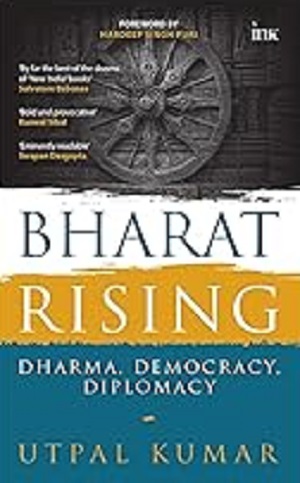
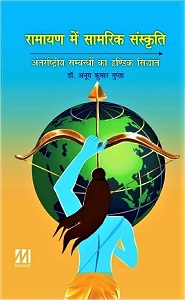

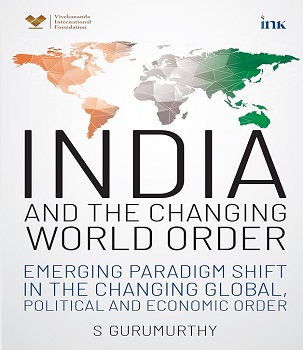
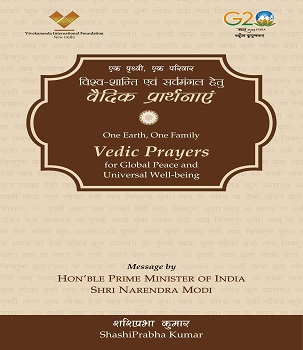
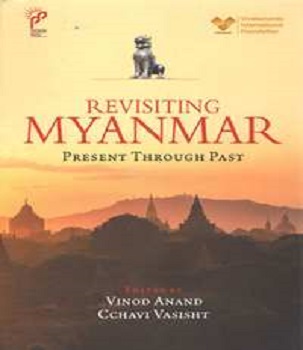

Post new comment